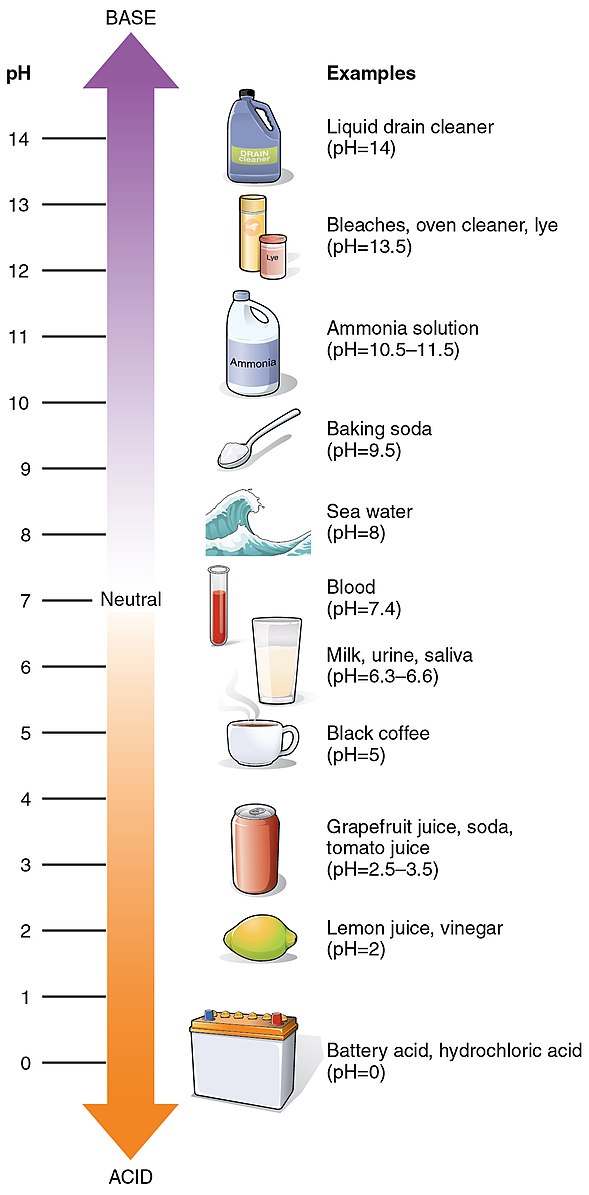The pH of a magnesium iodide (MgI2) solution when dissolved in water is likely to be neutral or slightly acidic. This is due to the behavior of the ions formed when MgI2 dissociates in water, as well as the potential presence of contaminants or other substances in the solution.
Understanding the Dissociation of MgI2 in Water
When MgI2 is dissolved in water, it dissociates into its constituent ions: magnesium ions (Mg2+) and iodide ions (I-). The pH of the resulting solution is primarily determined by the ability of these ions to undergo hydrolysis and affect the hydrogen ion concentration.
Magnesium Ions (Mg2+)
Magnesium ions (Mg2+) have a relatively low hydrolysis constant, meaning they are less likely to undergo hydrolysis and affect the pH of the solution. This is because the Mg2+ ion is a weak Lewis acid, and its hydrolysis reaction does not significantly produce or consume hydrogen ions.
Iodide Ions (I-)
Iodide ions (I-), on the other hand, do not undergo hydrolysis at all. Iodide is a weak base, and its presence in the solution does not directly impact the pH.
Given the behavior of these ions, the pH of the MgI2 solution is primarily determined by the autoprotolysis of water, which results in a neutral or slightly acidic pH.
Factors Affecting the pH of MgI2 Solutions
 Image source: OpenStax College
Image source: OpenStax College
While the pH of a MgI2 solution is typically neutral or slightly acidic, there are several factors that can influence the pH:
-
Concentration of MgI2: The concentration of the MgI2 solute in the solution can affect the pH. Higher concentrations may lead to a slight shift in the pH, either towards acidity or basicity, depending on the specific conditions.
-
Temperature: Changes in temperature can affect the dissociation and hydrolysis equilibria, potentially altering the pH of the MgI2 solution.
-
Presence of Contaminants: Impurities or other substances present in the MgI2 solution can introduce additional ions or compounds that may affect the pH. It is essential to use high-purity reagents and follow proper handling and storage procedures to minimize the presence of contaminants.
Adjusting the pH of MgI2 Solutions
If the pH of your MgI2 solution is not within the desired range, you can take the following steps to address the issue:
-
Check the Purity of Reagents: Ensure that you are using high-purity MgI2 and other reagents, and follow proper storage and handling procedures to minimize the presence of contaminants.
-
Adjust the pH: If the pH is too low (acidic) or too high (basic), you can adjust it using a pH adjuster. For example, you can add a small amount of a strong acid (e.g., hydrochloric acid) to lower the pH or a strong base (e.g., sodium hydroxide) to raise the pH. Be sure to add the pH adjuster slowly and in small increments, monitoring the pH carefully to avoid overshooting your target.
-
Re-prepare the Solution: If the pH cannot be adequately adjusted or if you suspect that the contaminants are significant, it may be necessary to re-prepare the solution using fresh reagents and following proper procedures.
Conclusion
The pH of a MgI2 solution when dissolved in water is likely to be neutral or slightly acidic, due to the behavior of the ions formed during the dissociation process. However, various factors, such as concentration, temperature, and the presence of contaminants, can influence the pH of the solution. If the pH is not within the desired range, you can take steps to adjust it or re-prepare the solution using high-purity reagents and following proper procedures.
